It’s calving season at the Hilbert Farm!
Plus, an overnight six-inch gully-washer rain storm that did, indeed, gully-wash our little No-Name Creek, upending a 1,400-gallon stock tank full of water and launching it on a float trip downstream.
Calving Update
Bill loaded the twins into the back of the pickup topper and slowly headed for the barn. He did his bawling calf impression and Mama 72 followed along behind the truck, even passing us a couple of times!
A few days spent in a limited space with access to shade gave the family time to bond and allowed the twins to grow strong enough to find Mama at mealtime, when necessary. The new family wasn’t particularly cooperative for family pictures so I couldn’t get everyone together.
A couple of weeks later, we had a third set of twins—unprecedented in our herd—born during the night, another bull-and-heifer combo. Sadly, the bull didn’t survive. As I said above, we still have 23 cows left to calve.
Stock Tank Float Trip
As to why we have a stock watering tank in a flood zone near a creek: First, No-Name Creek probably doesn’t qualify as a creek. It’s a drainage ditch for runoff and it meanders for several miles through our neighborhood. It’s nearly dry most of the time unless we have a wet spring and summer.
Second, we experienced a drought during the summer of 2012 when our three ponds dried up as did some ponds in pastures we rented. We had one well with a good water supply and Bill hauled from it to our pastures and the rented pastures. But under those conditions, it couldn’t keep up with the need.
Bill spent the winter researching and contracting to have two additional wells dug on our place. The wells were drilled, one in the pasture near the original well; and one in the adjacent timber pasture near the creek, which was where the water witcher found the best vein.
Water Witching 101 – Also called “dowsing,” and referred to as a “pseudoscience,” this practice also has a technical name, rhabdomancy. The “witcher” holds a Y-shaped branch or two metal rods while walking around an area until he feels a pull on the branch or rods. The pull indicates there is a vein of water below. The water witcher Bill contracted with was accurate in his findings. But there are doubters about the reliability of this practice, hence the “pseudoscience” reference.
The original well had electrical power which was extended to the well drilled near it. A trench was dug and pipe run to the pasture next to this one so the new well supplied two new fiberglass tanks in separate pastures. The well near the creek was too far away to run an electrical line so Bill researched and bought a solar panel to power that pump. Now our cattle have cool, clean water to drink. During a drought, even if the pond doesn’t totally dry up, the level gets so low the water becomes pretty nasty because the cattle stand in it and don’t bother to wade to the bank to relieve themselves! Low water level is also hazardous if a cow or calf gets stuck in the mud. We nearly lost a calf this way. Luckily, Bill found it just in time.
Here is a picture of the solar-powered tank when it was new.
Bill had a spare fiberglass tank he set up in place of the dislodged one. He made a hole for the overflow pipe, sealed it in place, turned on the switch to fill the tank and was back in business.
The float trip tank appears to be undamaged except for a small chunk missing from the top rim. It’s still hung up on the pile of debris in the creek and will probably stay there for a while. Retrieving the tank will require heavy equipment and accessing the pasture on the opposite side of the creek through a cornfield. That won’t happen until after harvest.
As I finish this post, another major rain/wind storm is headed our direction and expected to arrive during the evening. The rainfall prediction: five to six inches. YIKES!
Note from the next morning: Luckily for us, the major storm didn’t happen. We received about 0.60 of an inch of rain.

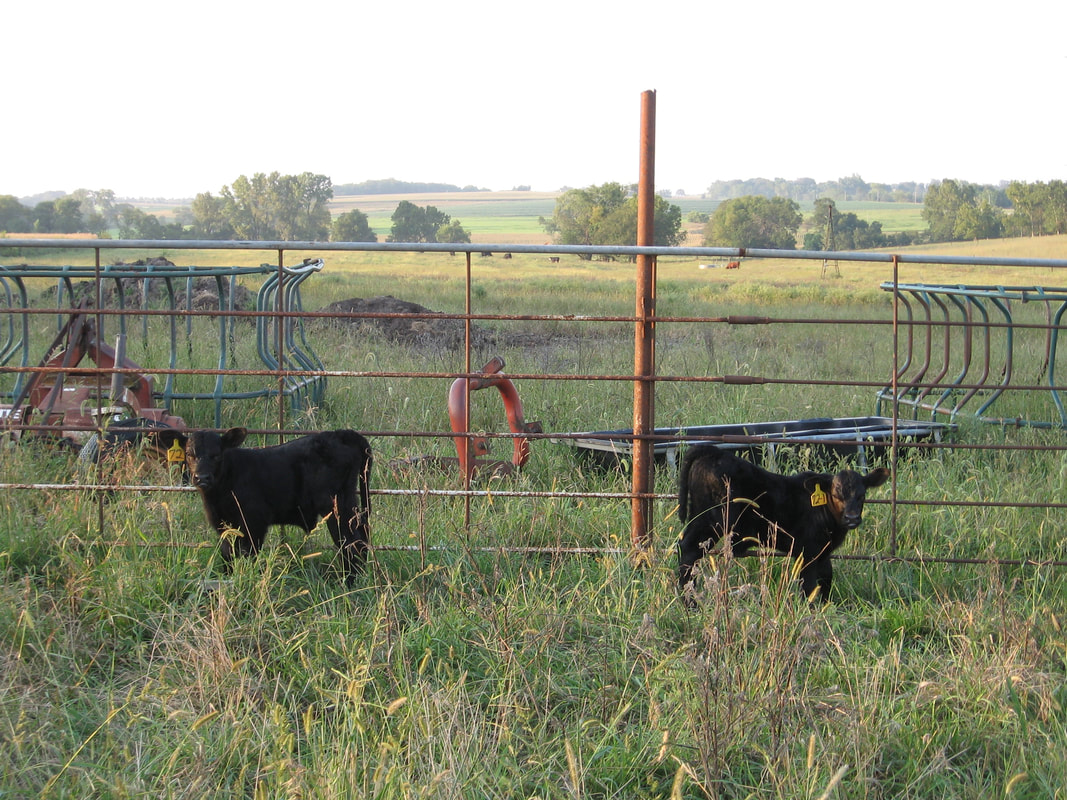
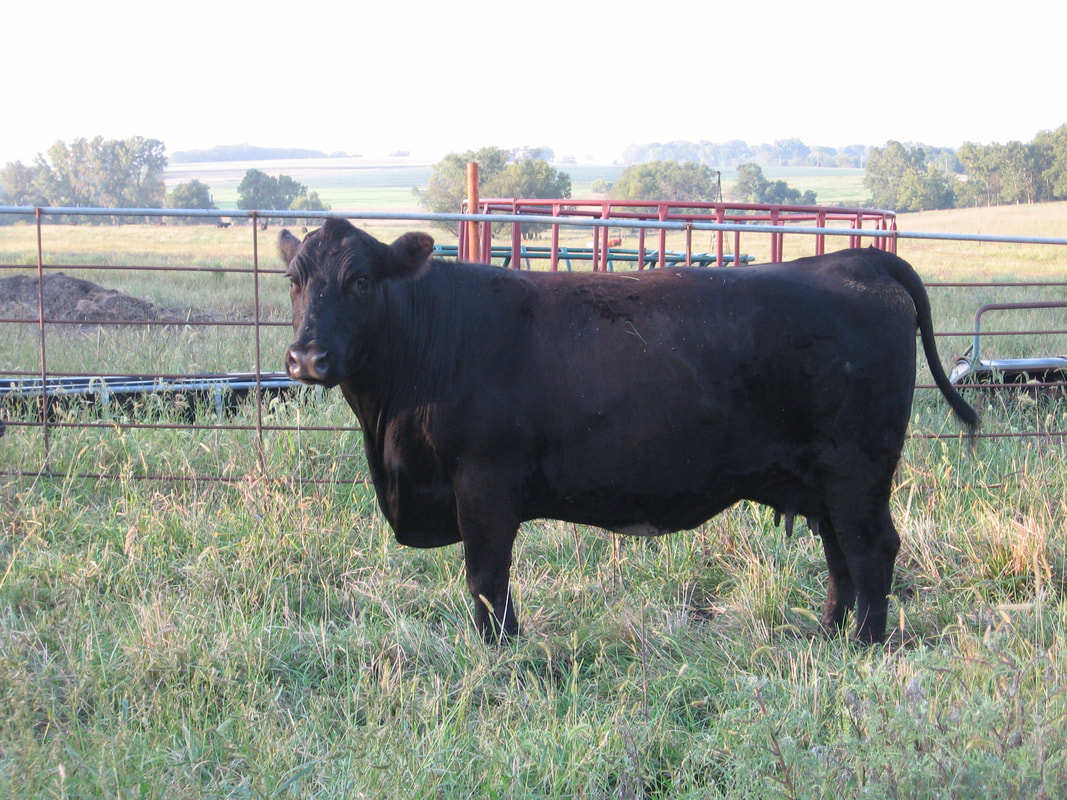
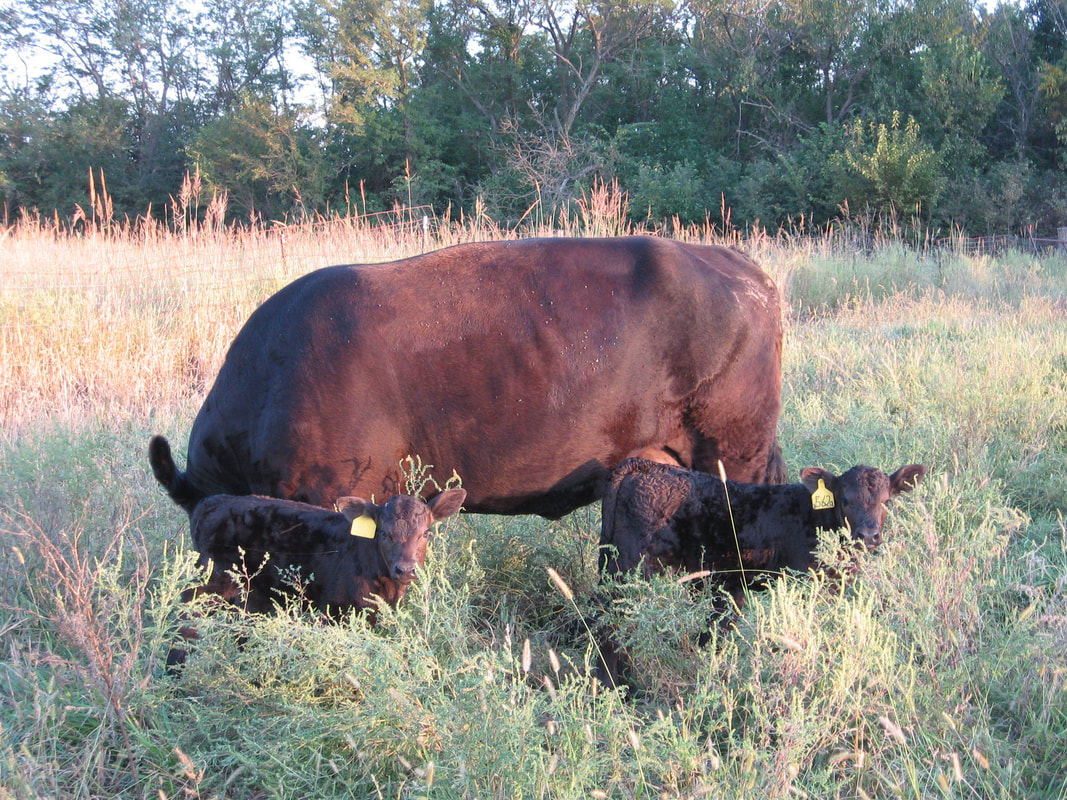
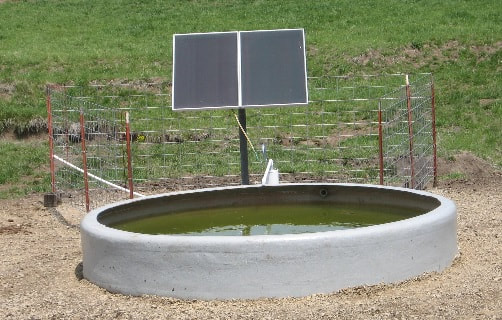
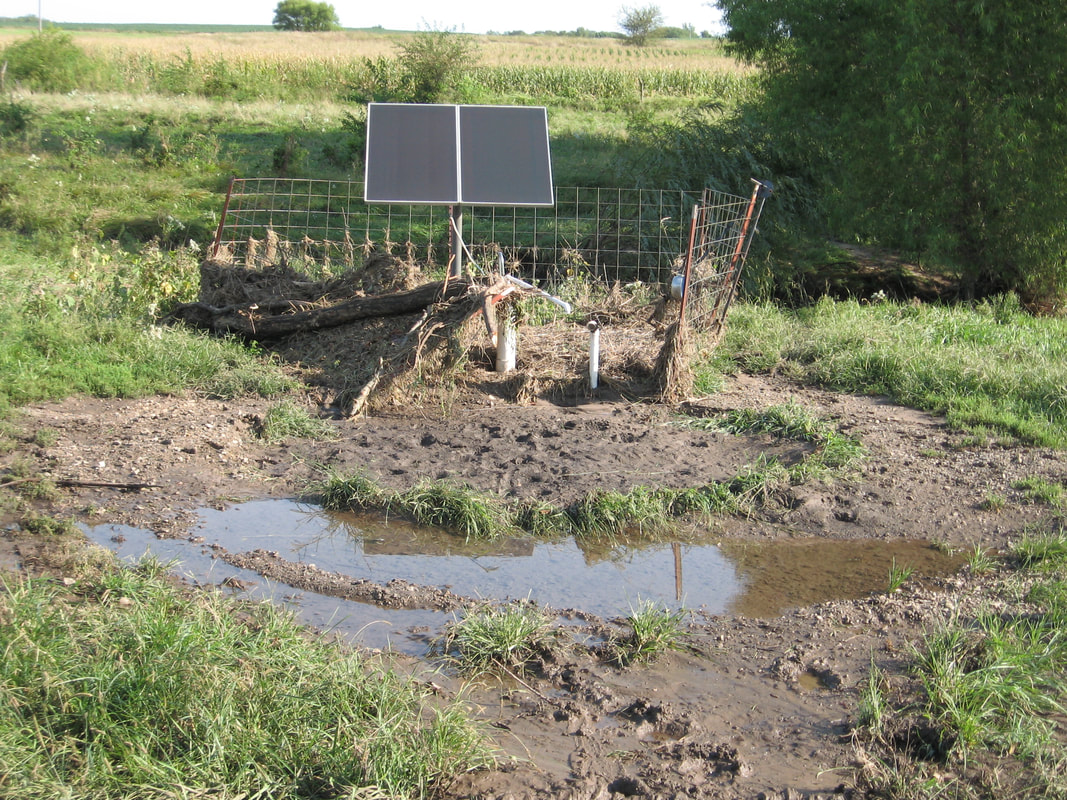
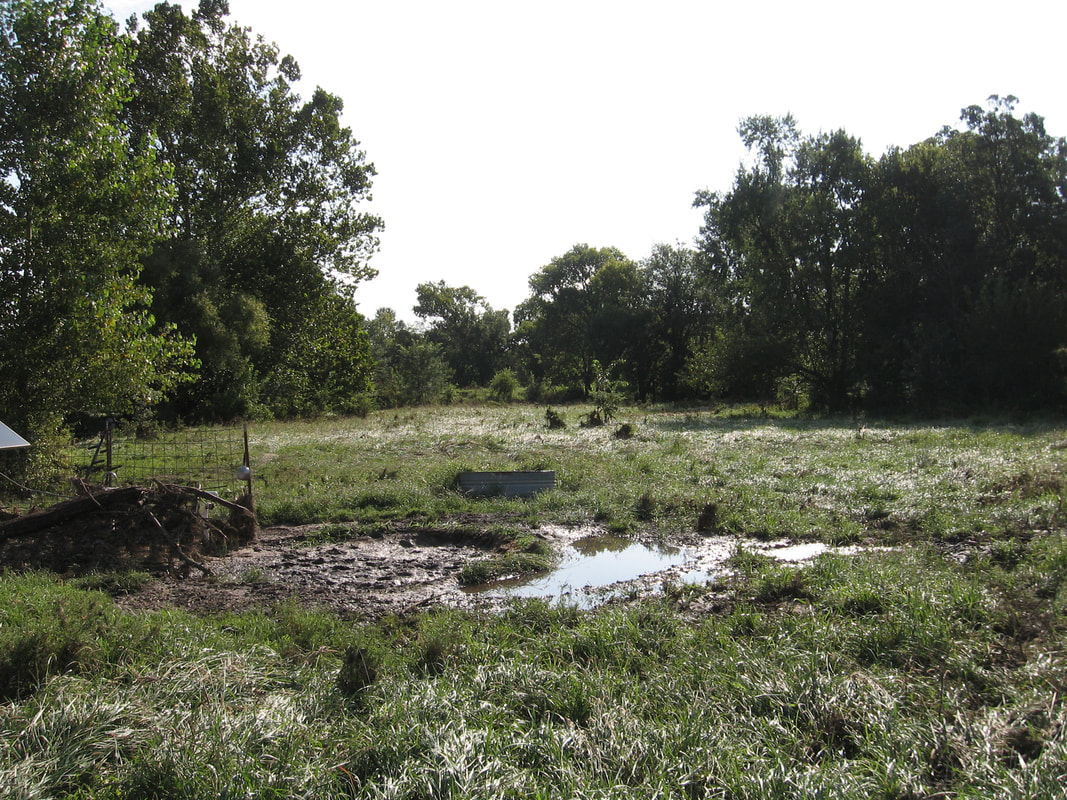

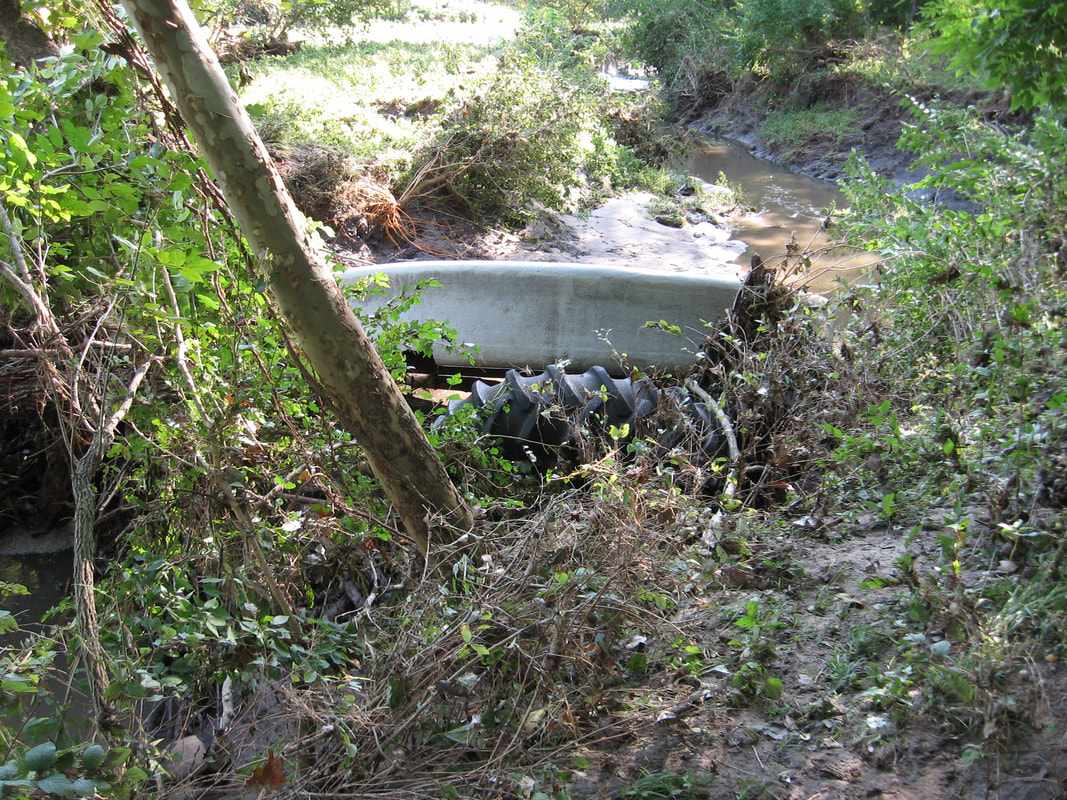


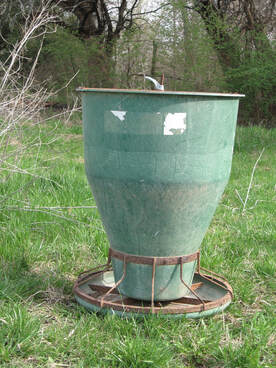
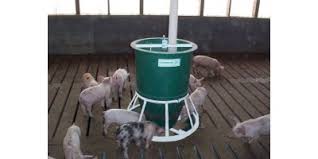
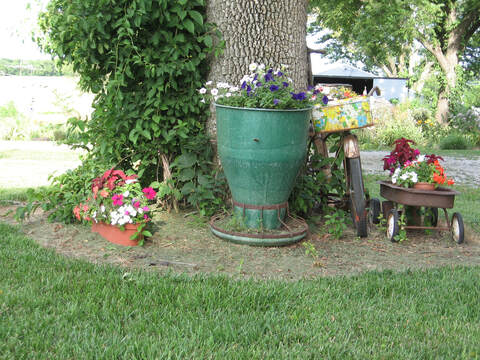
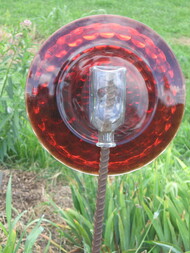
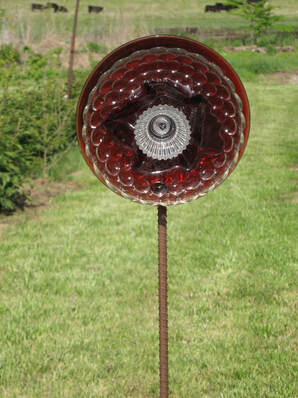

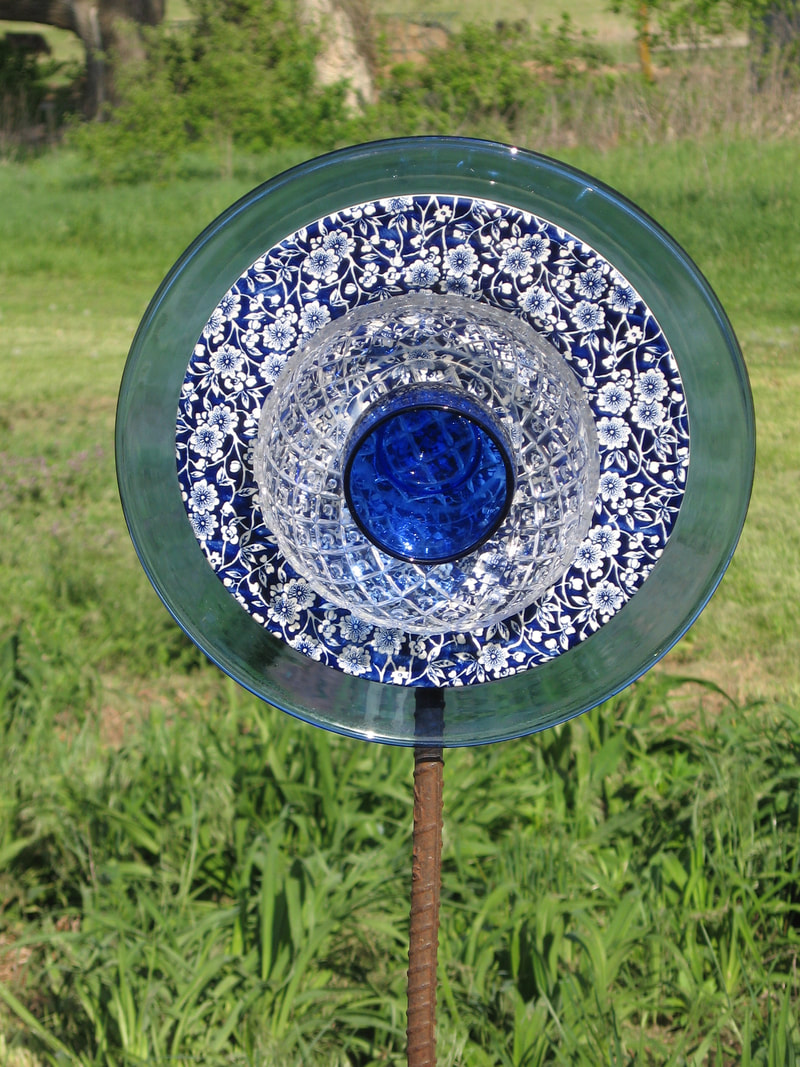
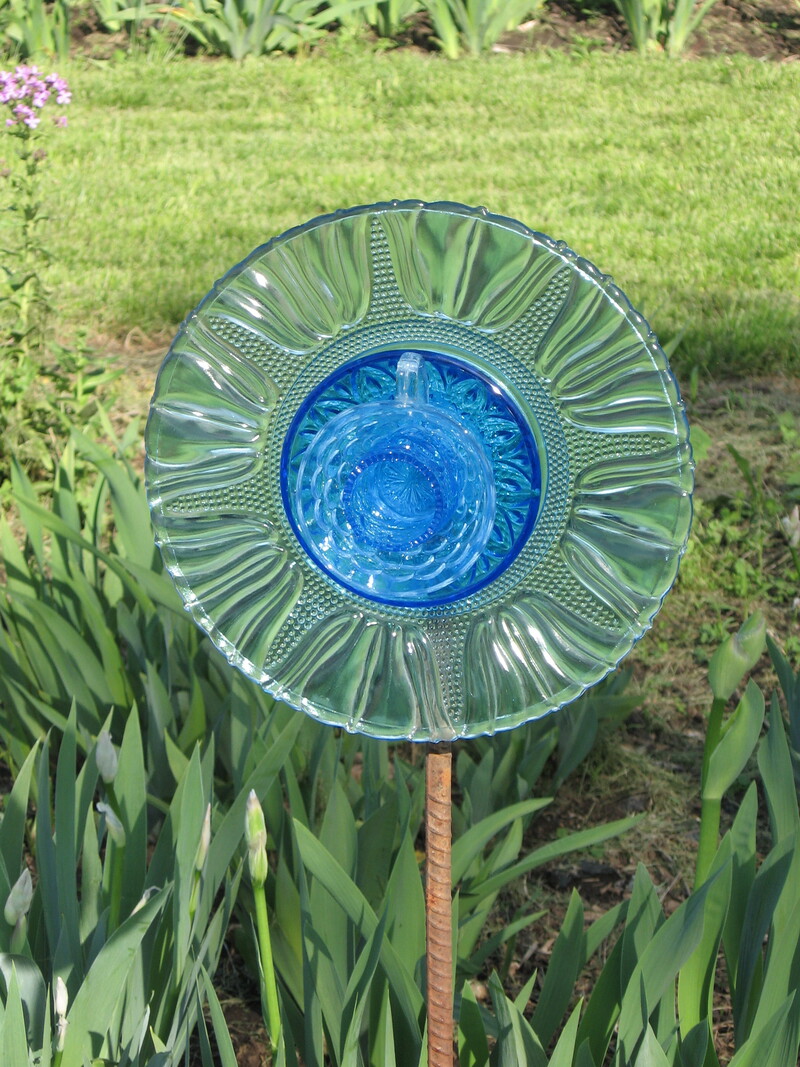
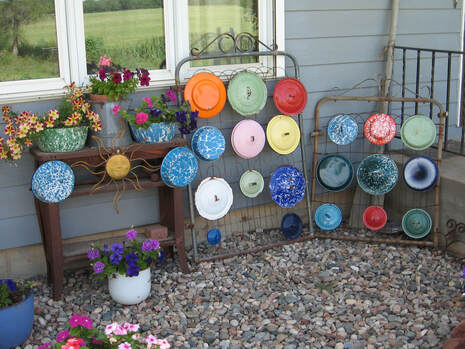
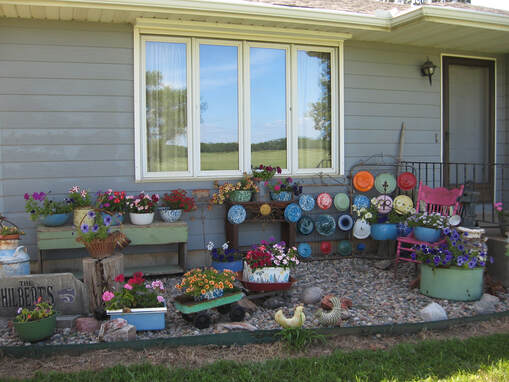

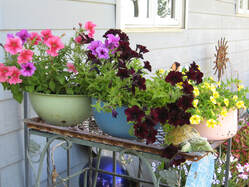
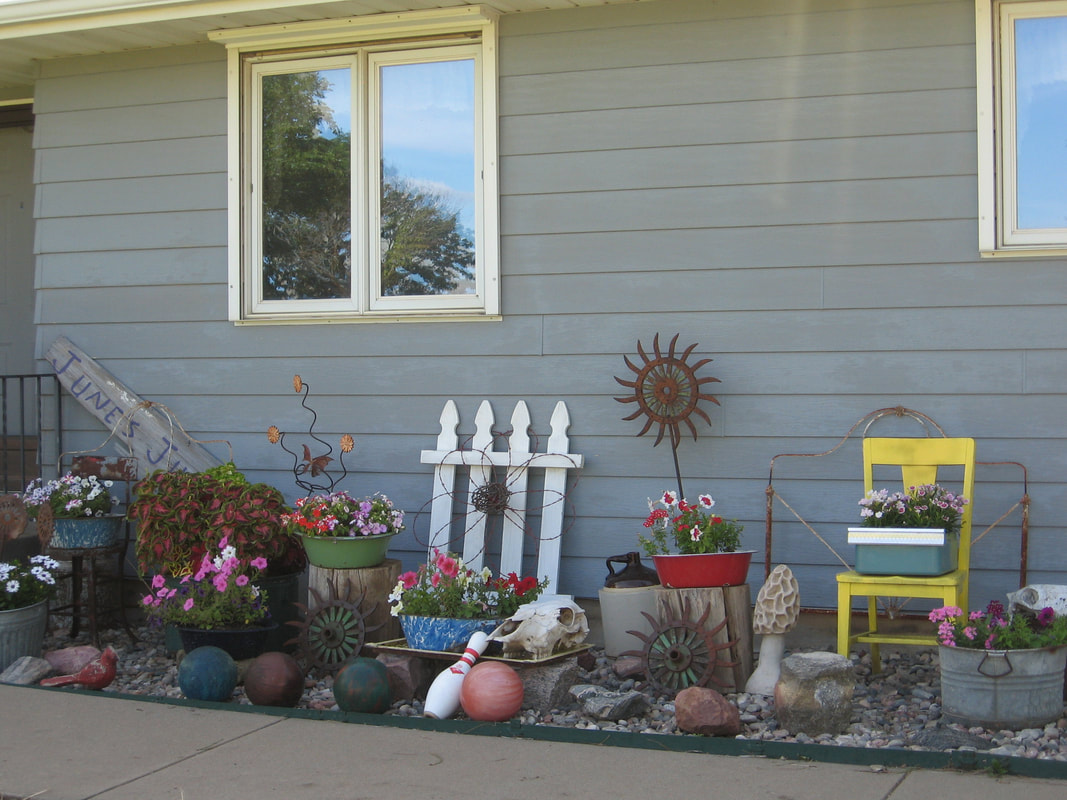
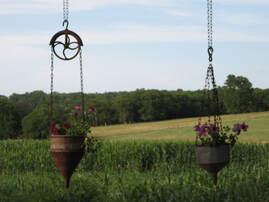
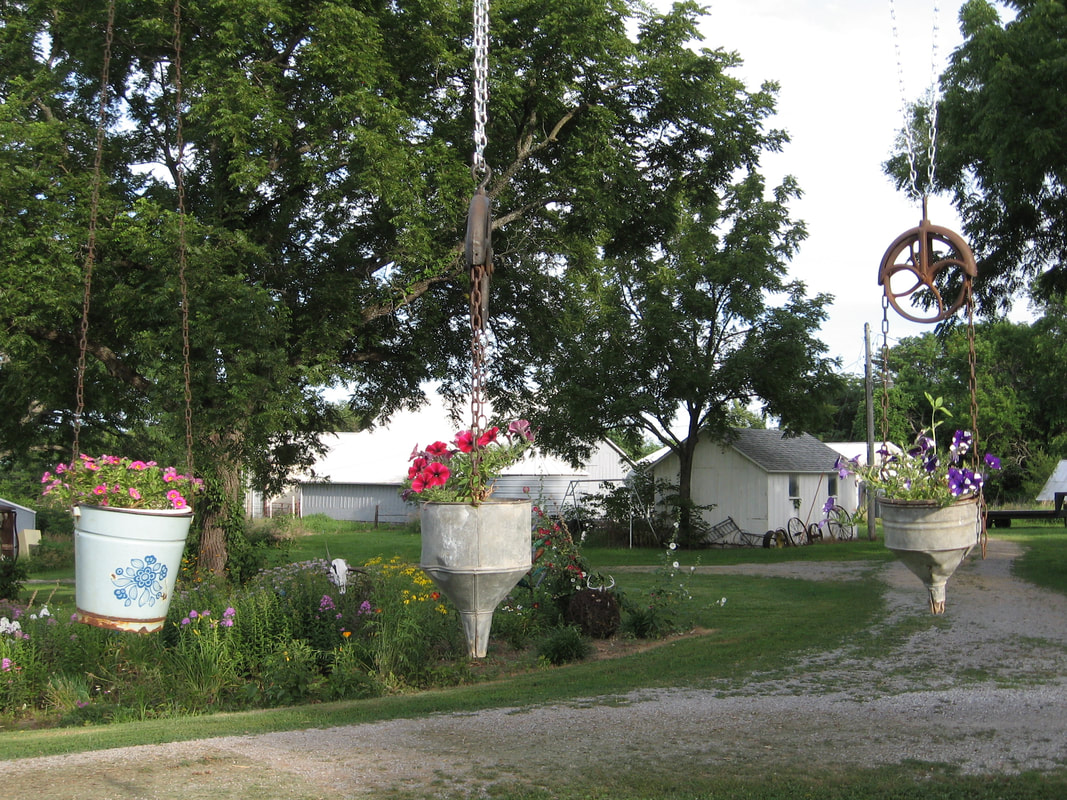
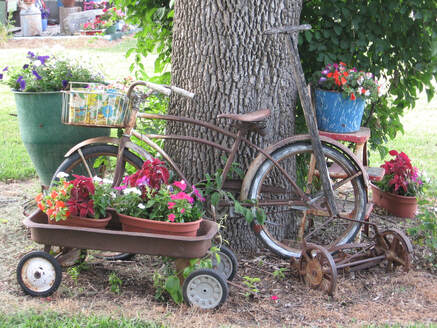
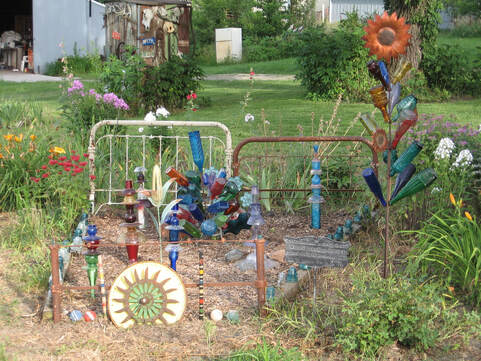
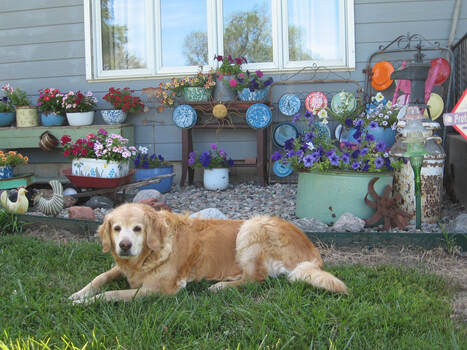
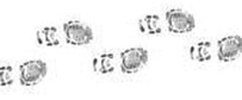
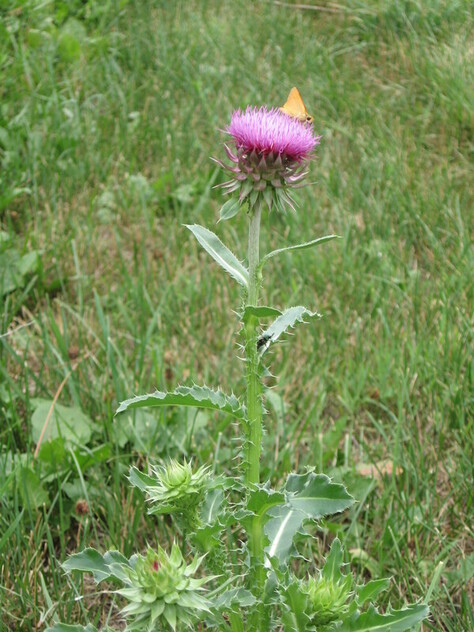
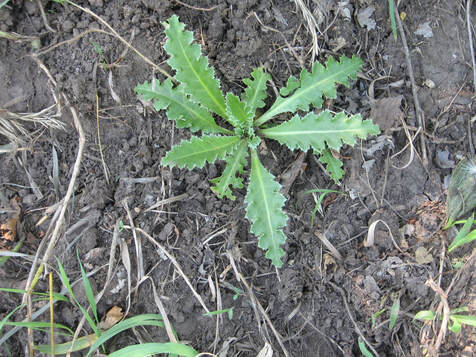
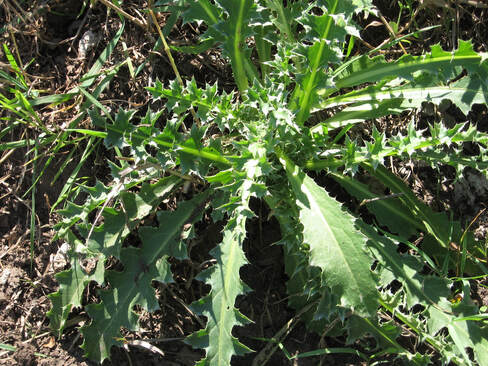
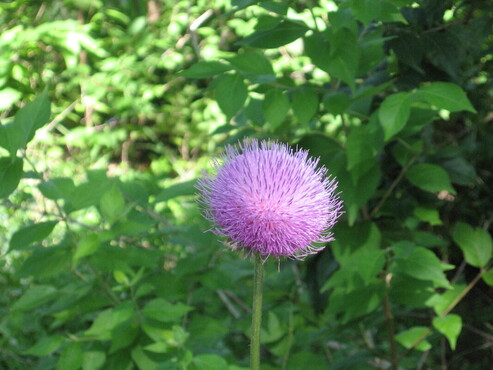
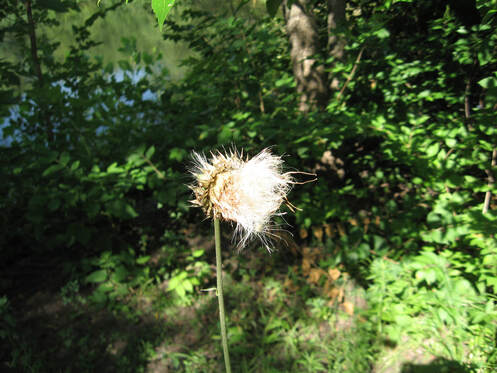

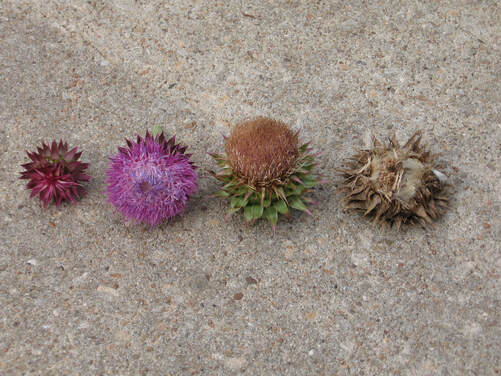

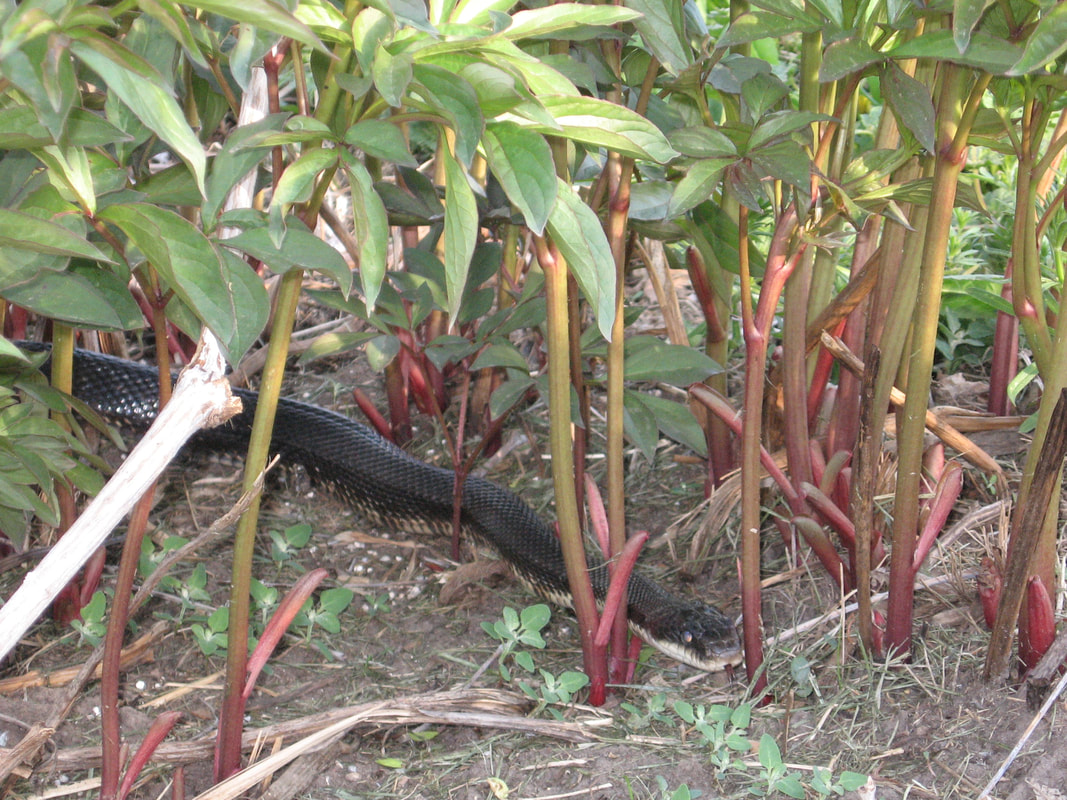
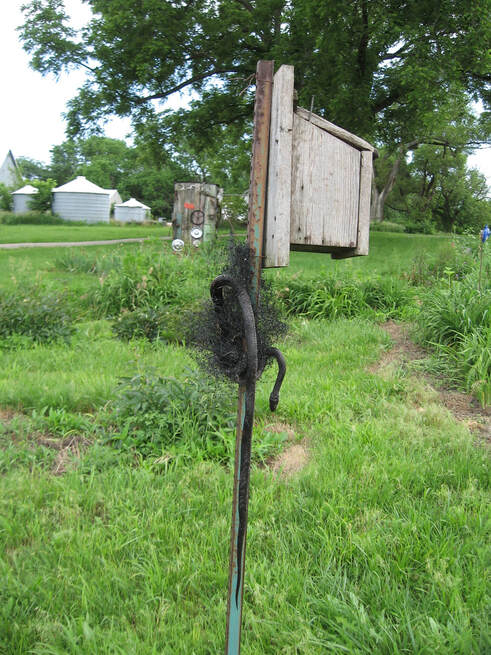

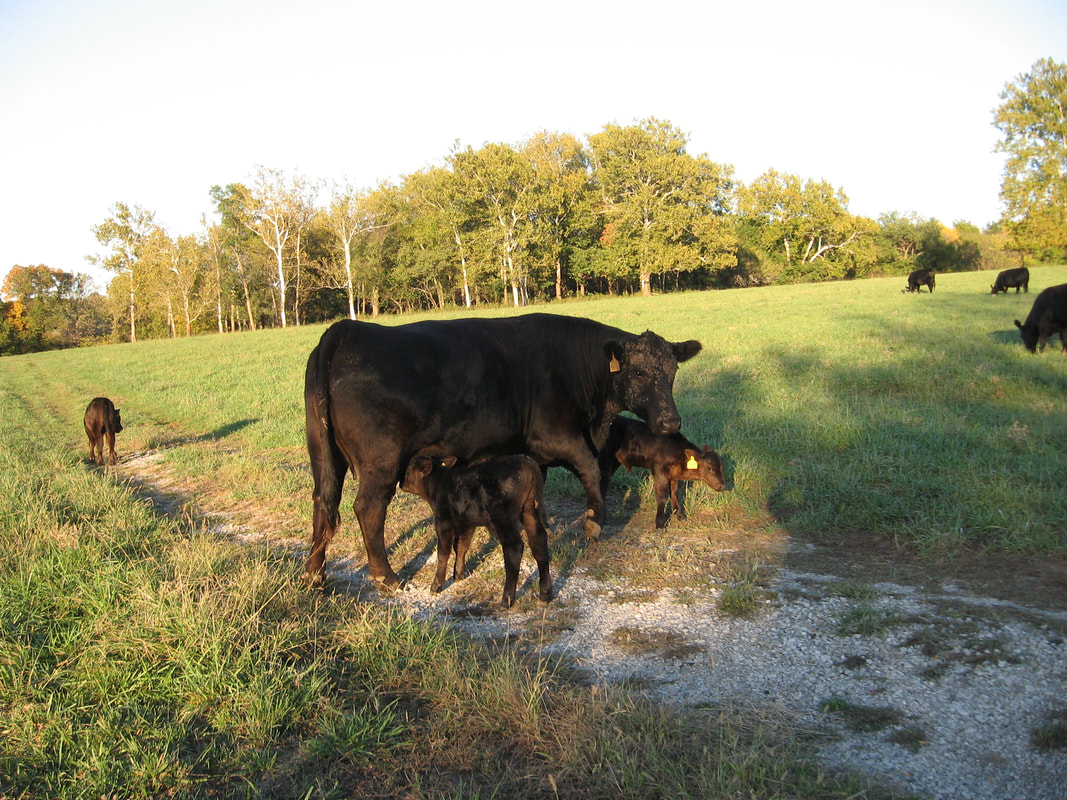
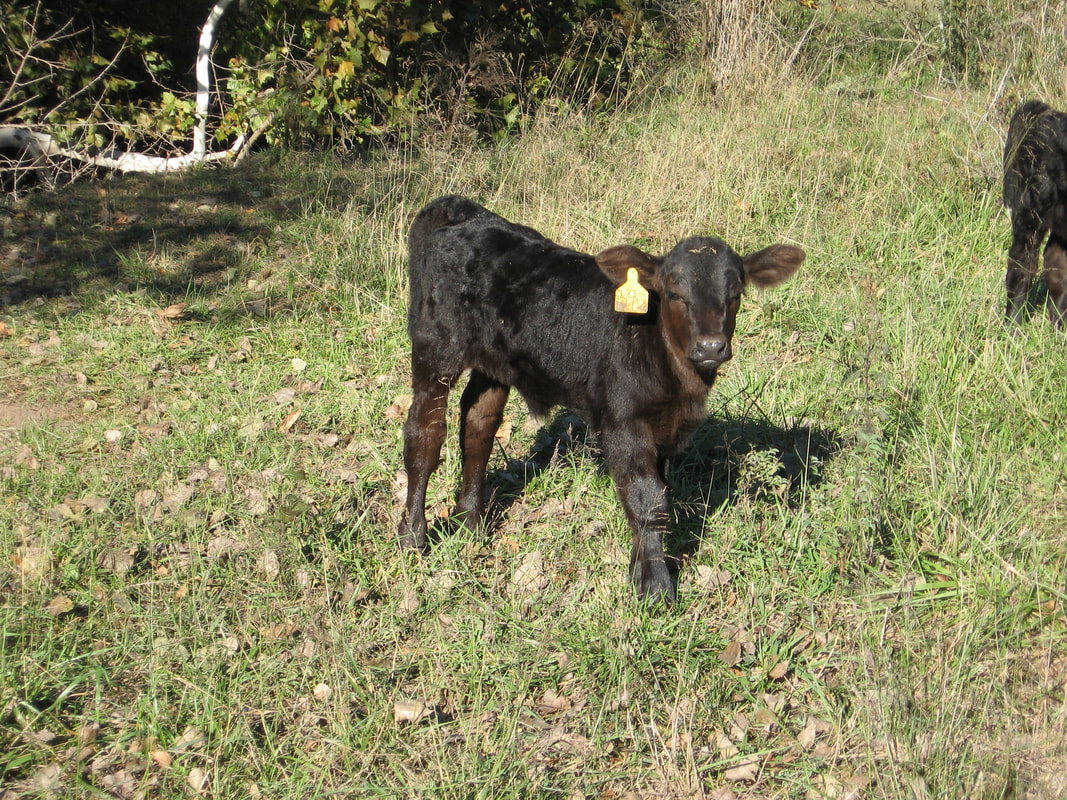
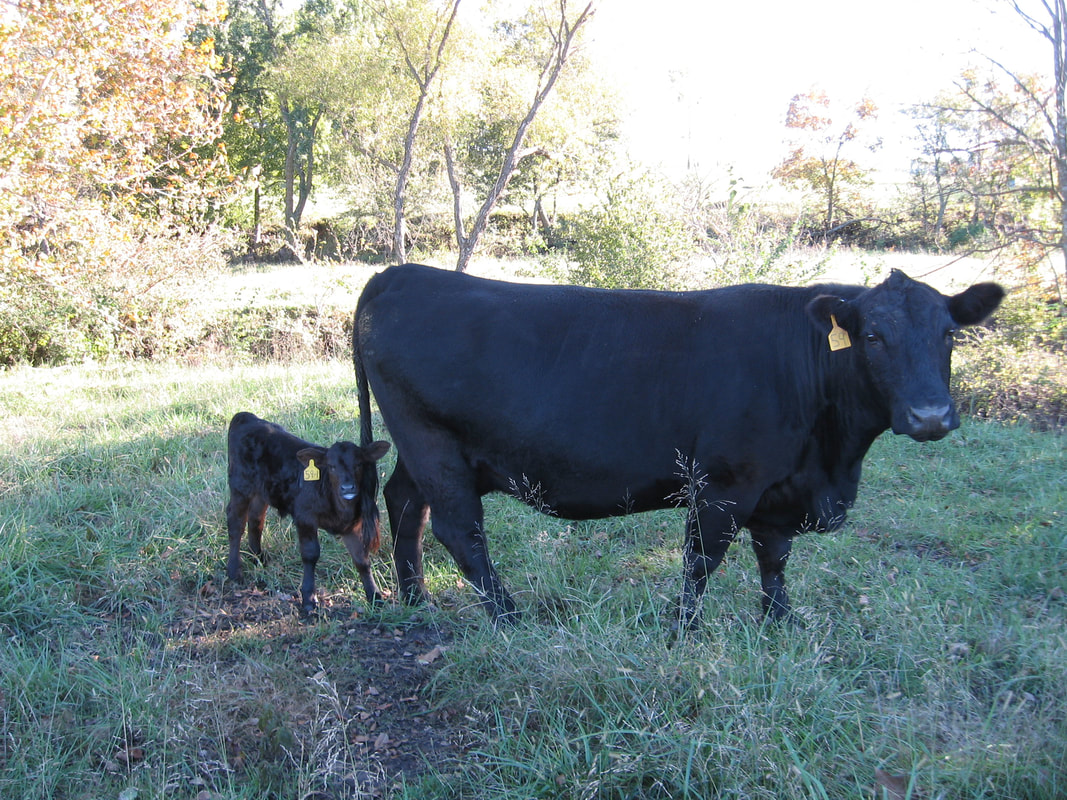

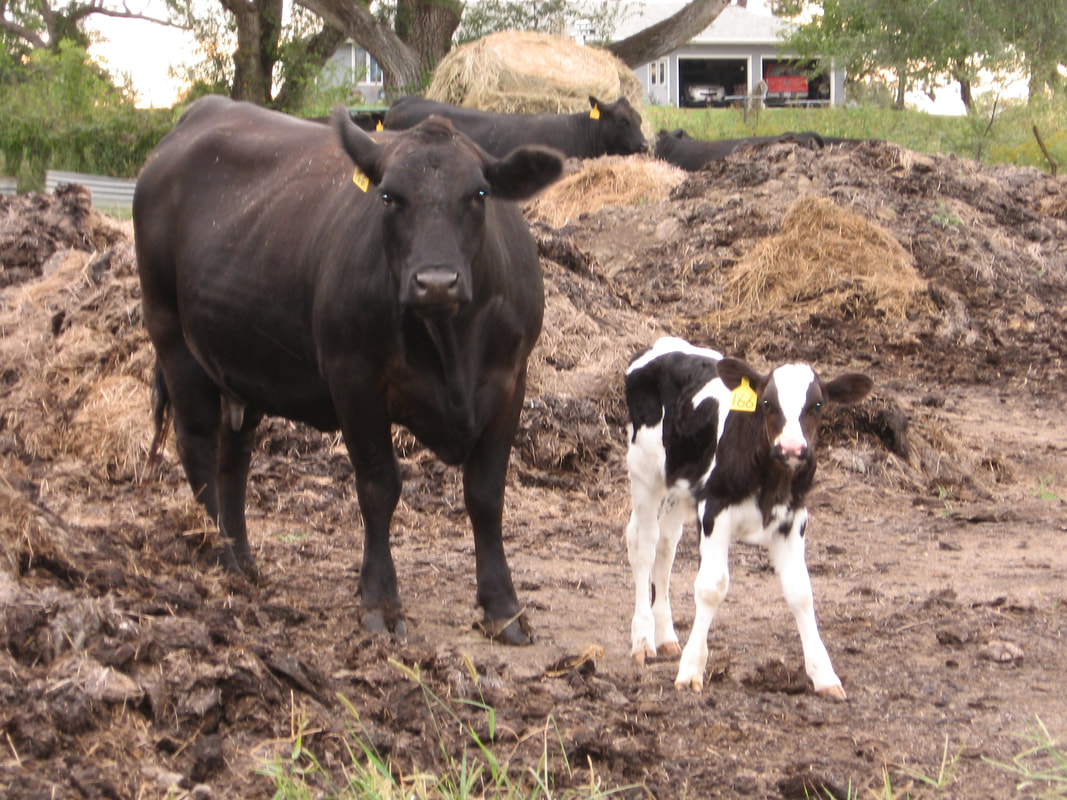
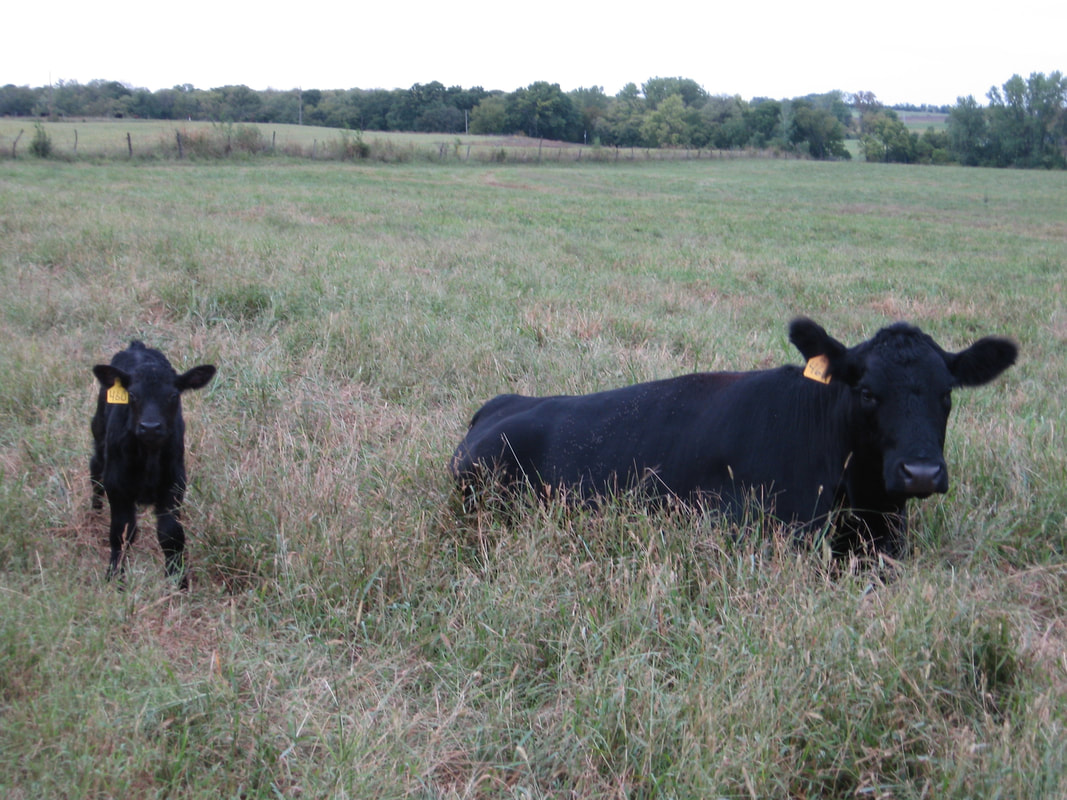

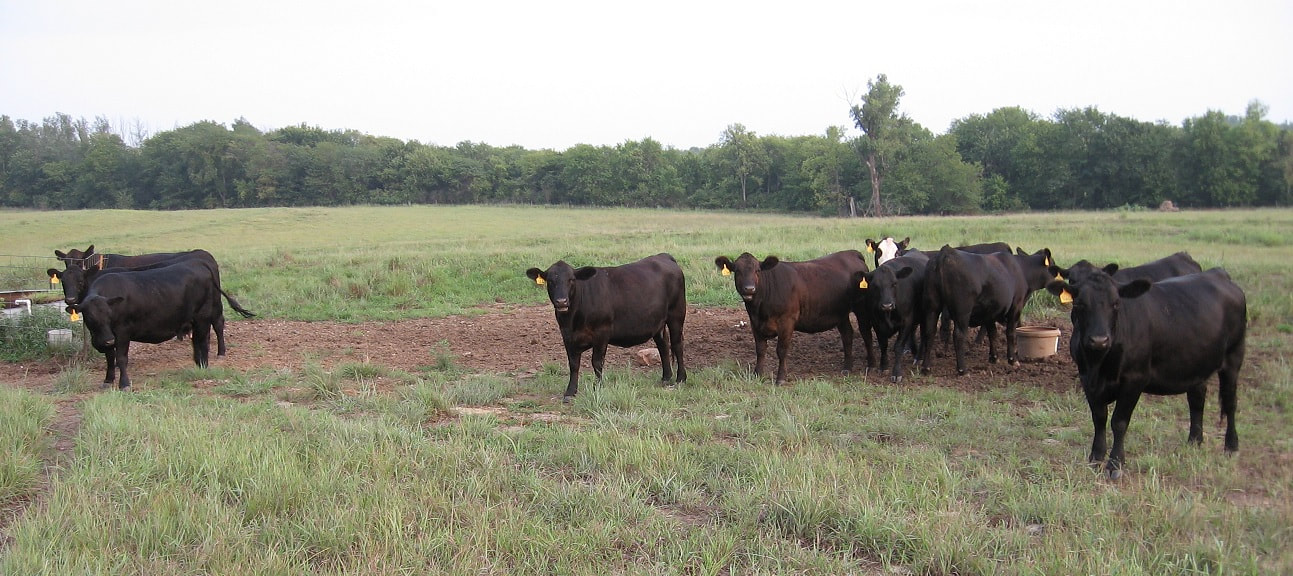
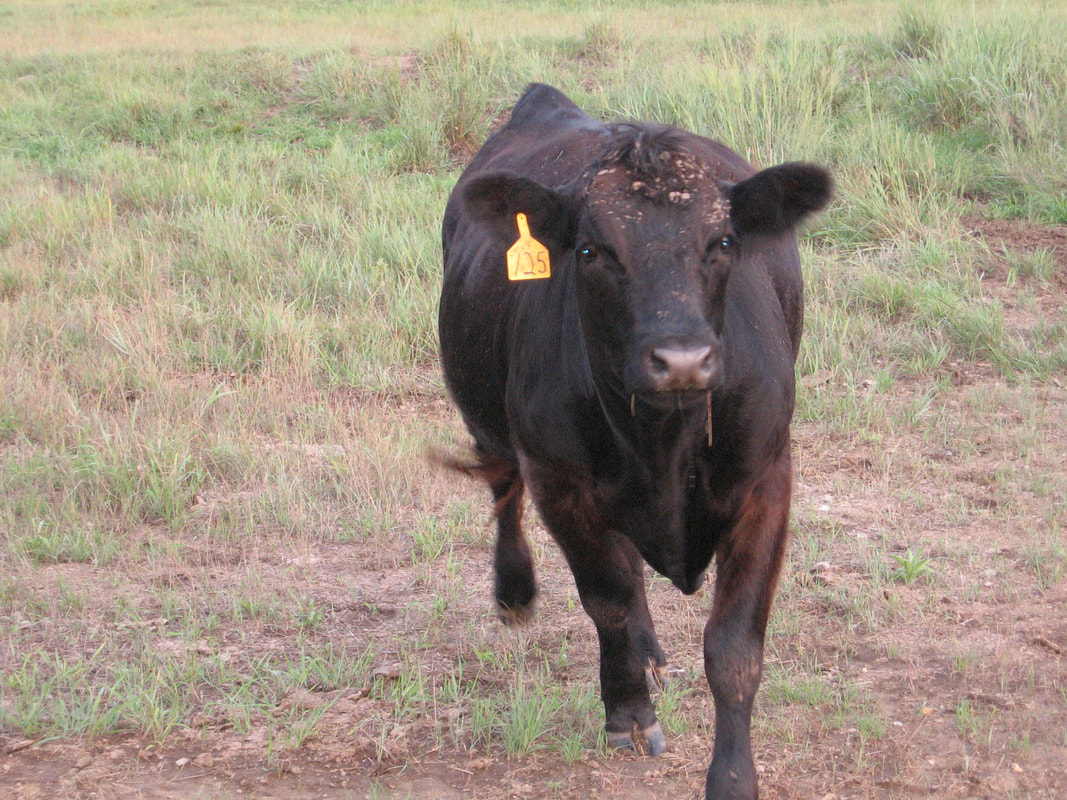
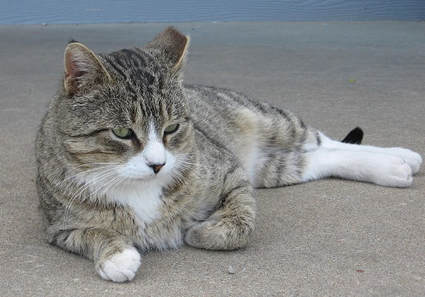
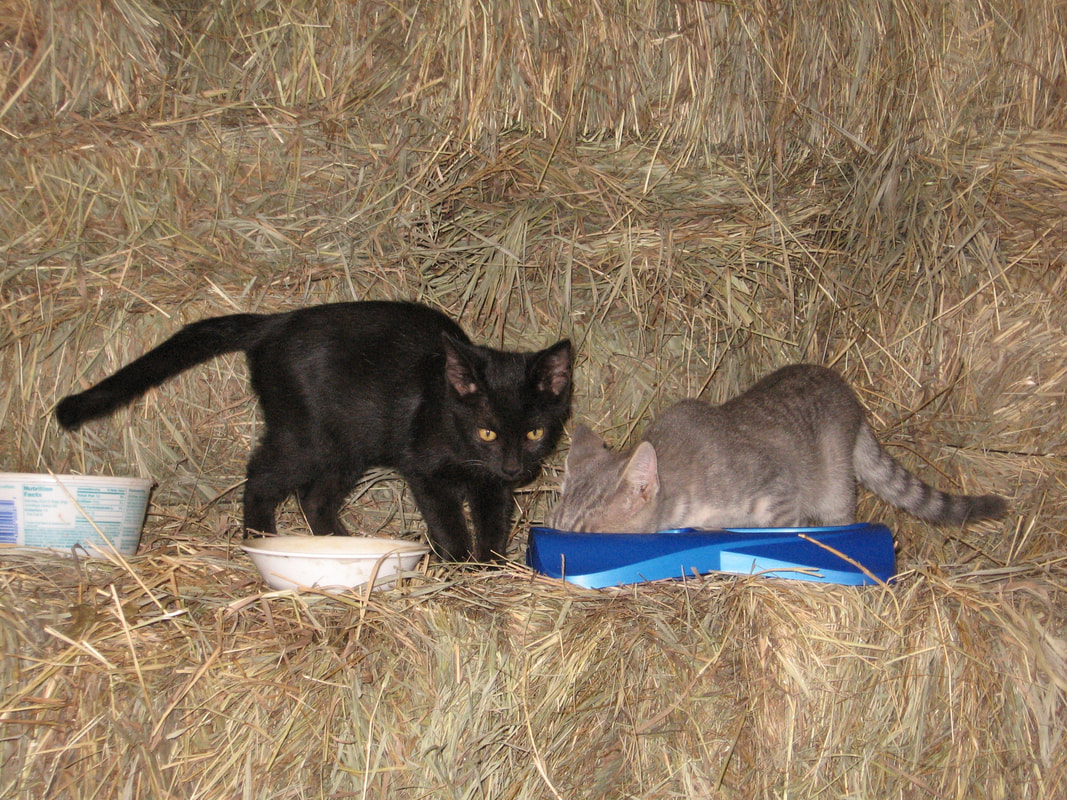

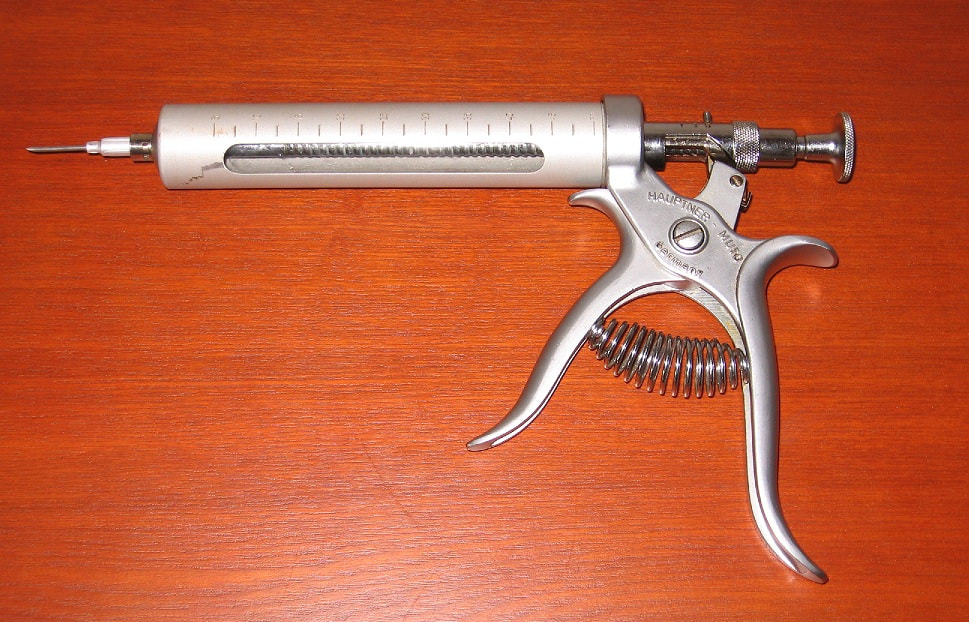
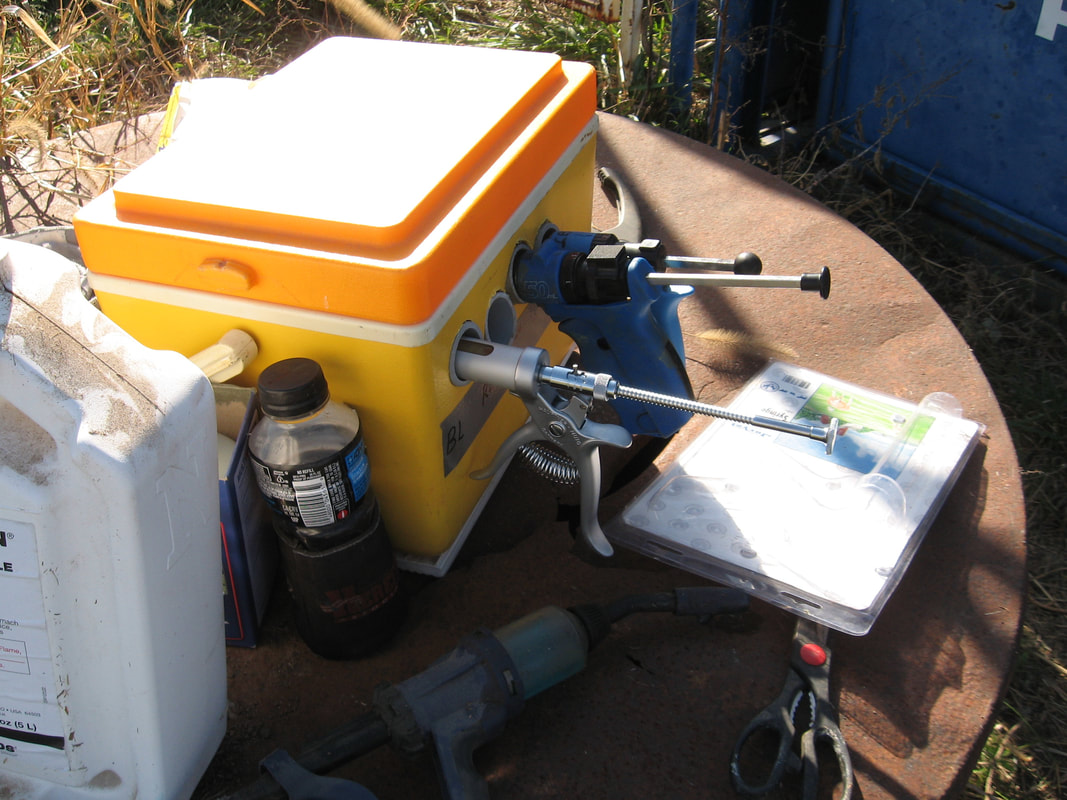
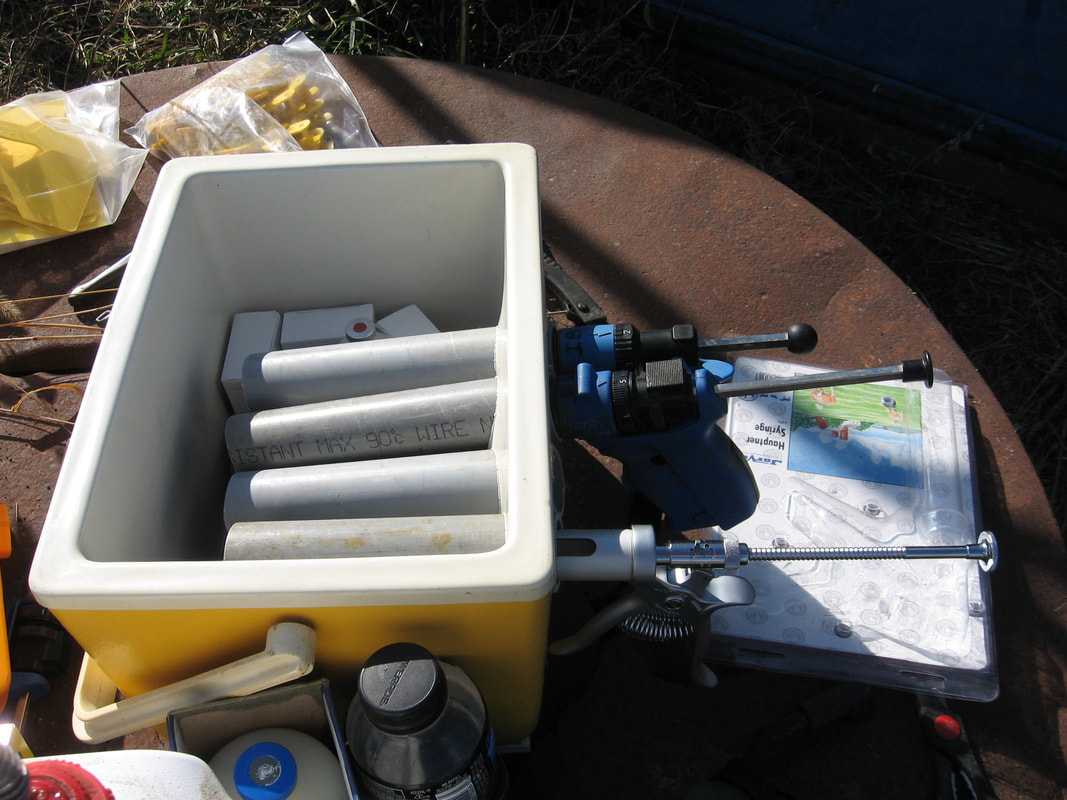

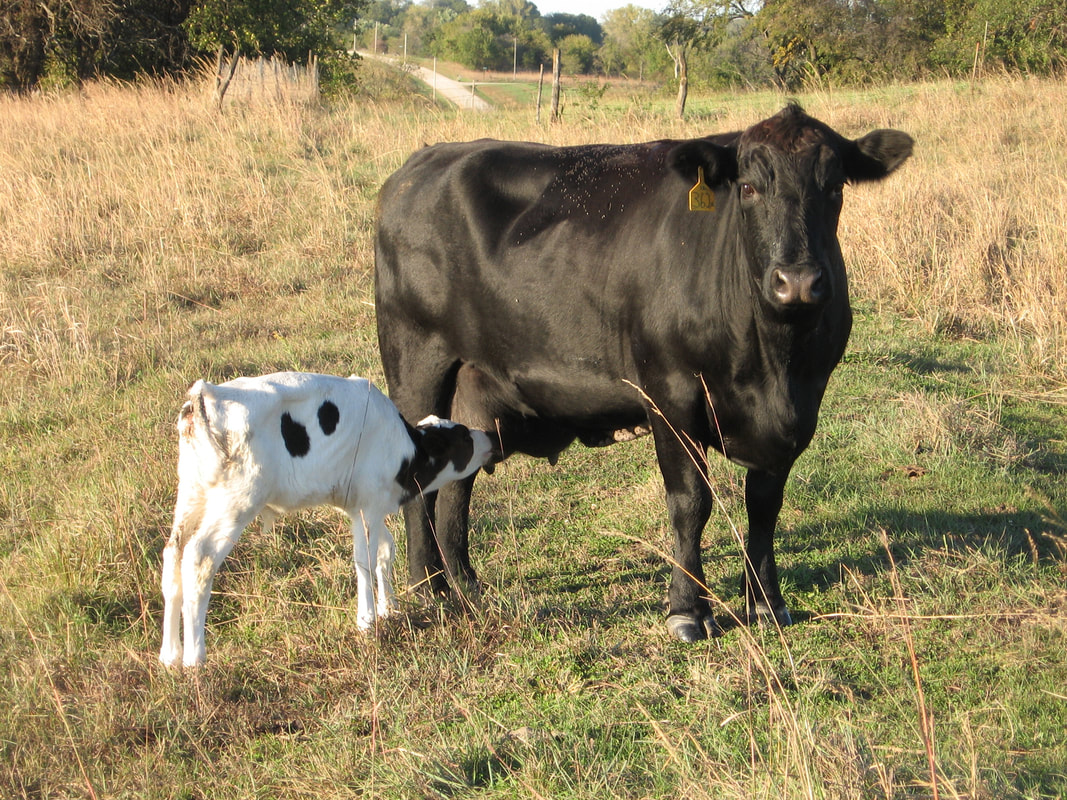
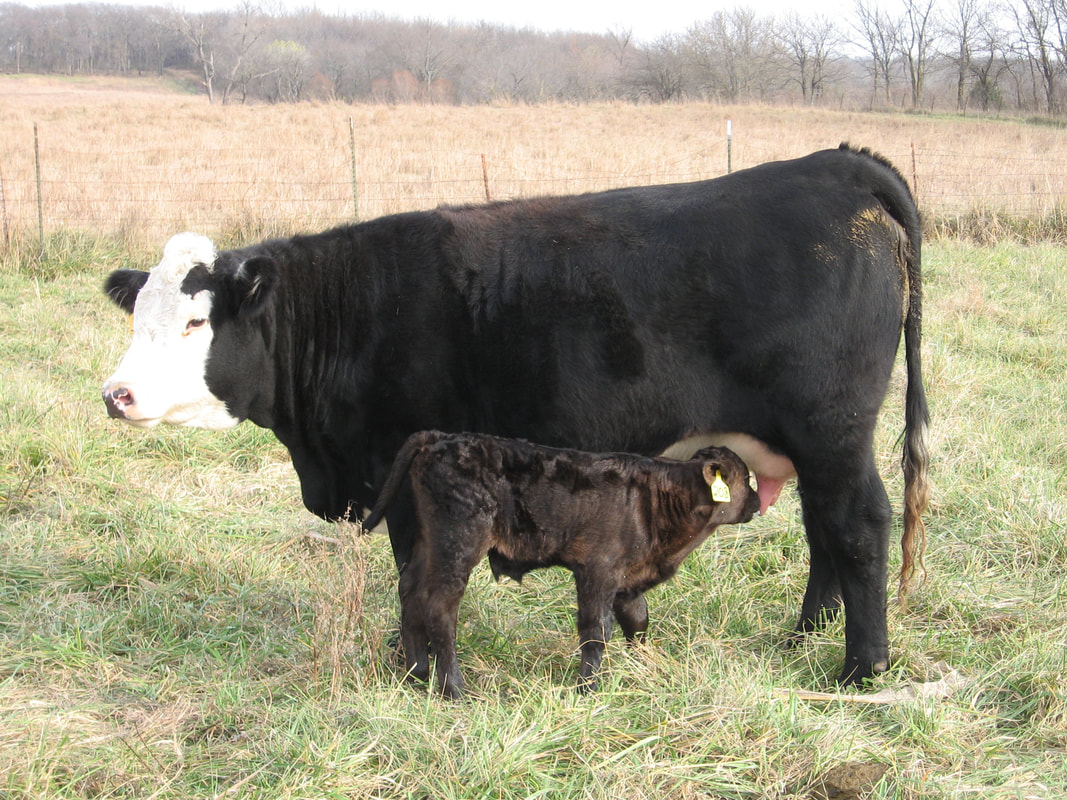
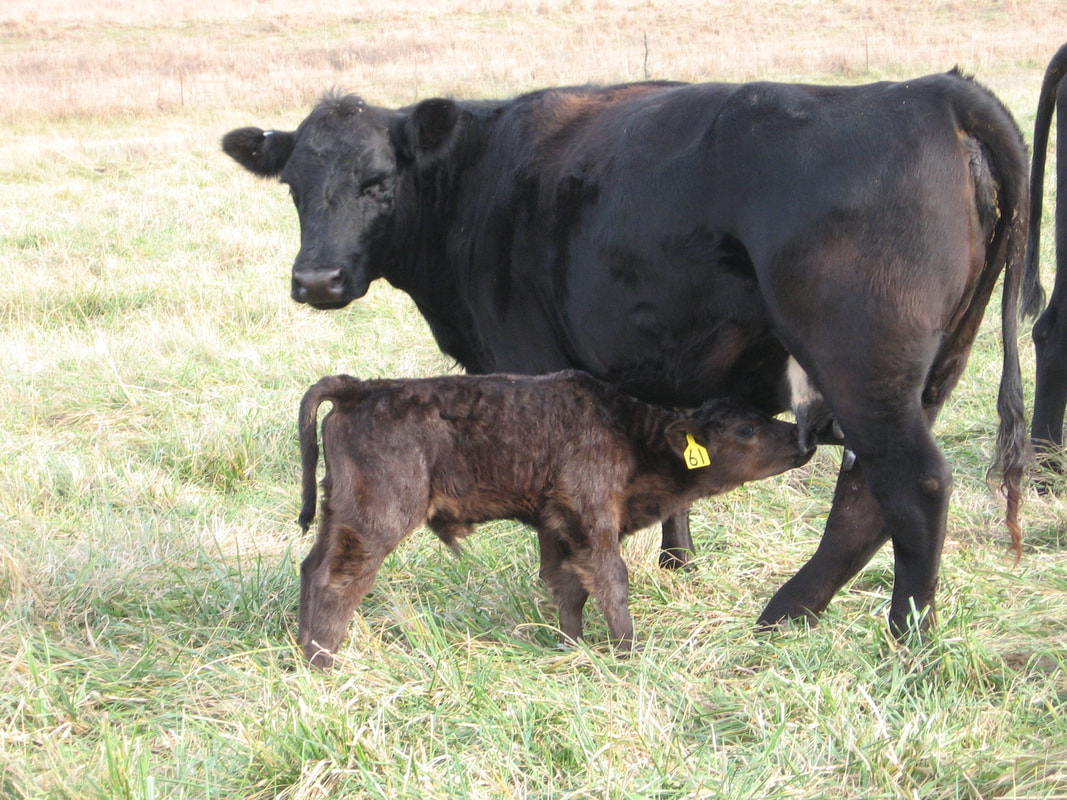
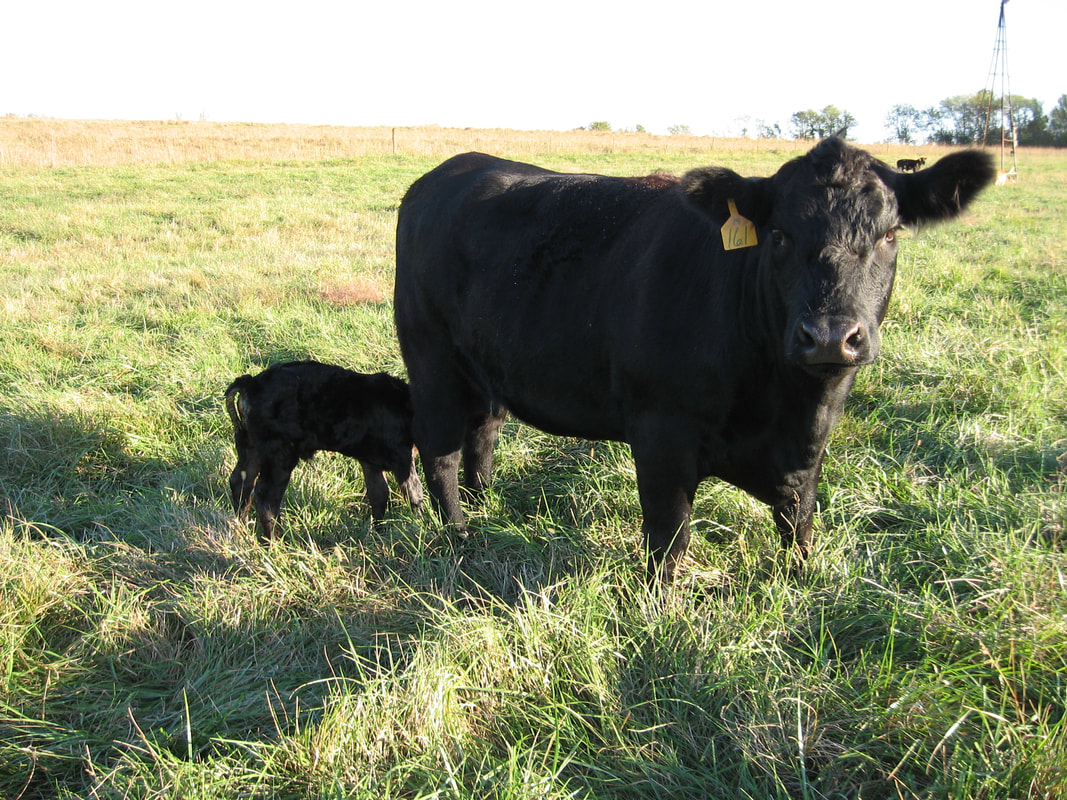
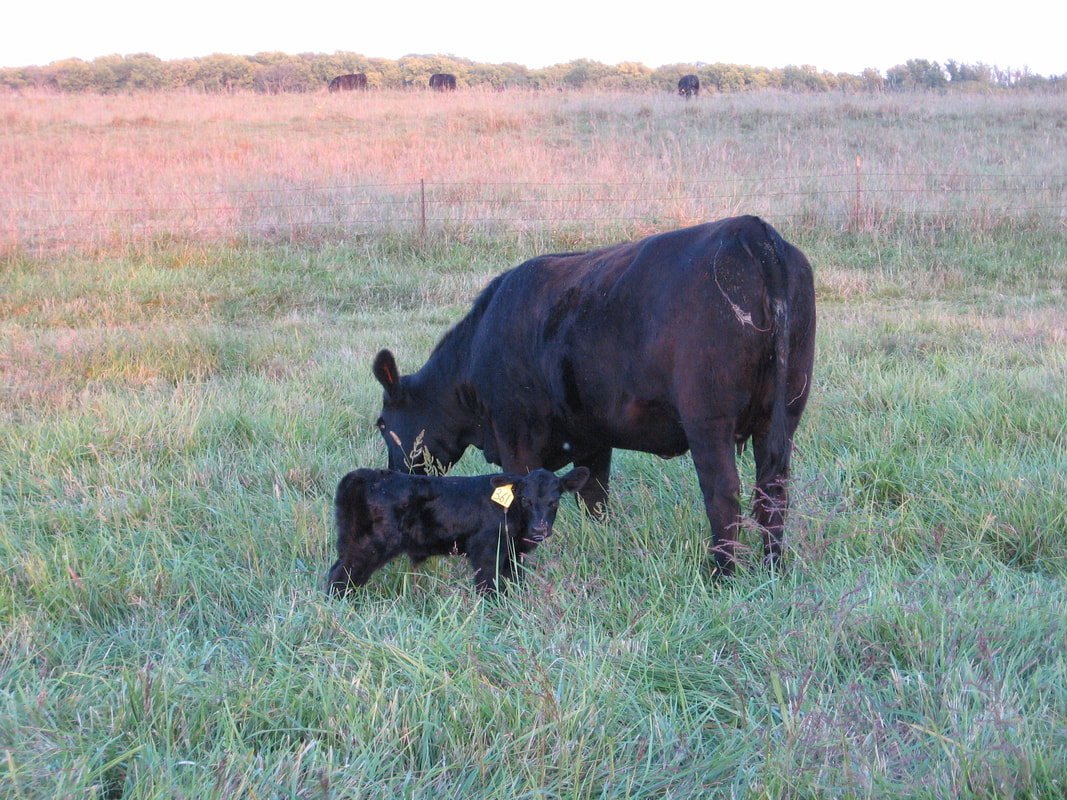

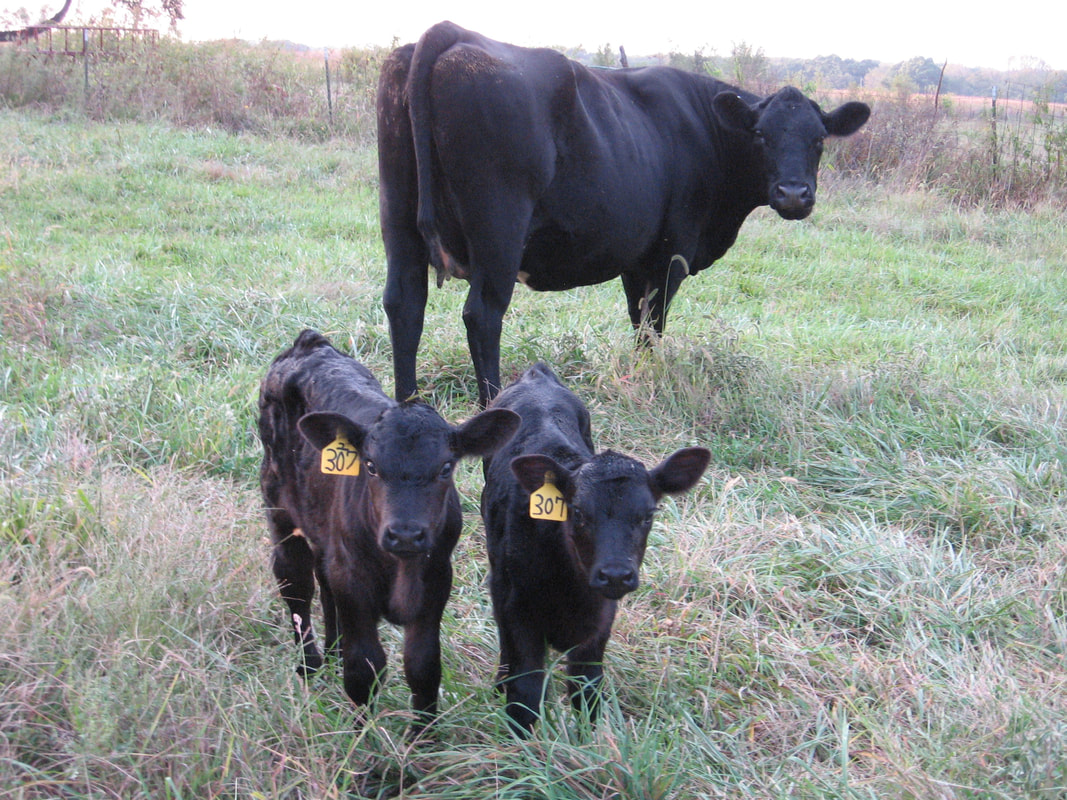
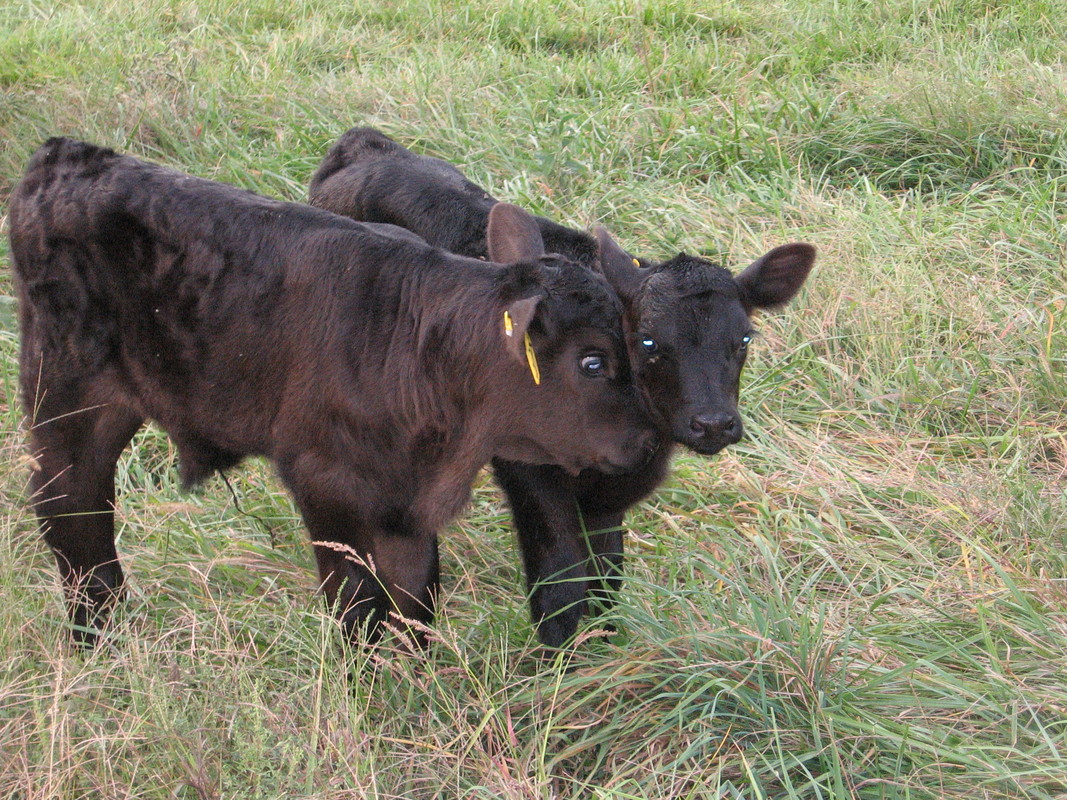

 RSS Feed
RSS Feed